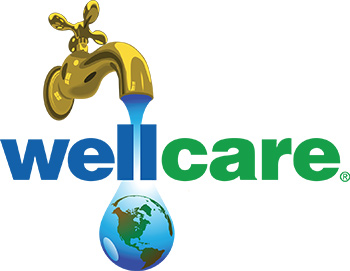Recovering from a disaster is tough, but ensuring your private well is safe afterward is critical. Floods, storms, and other emergencies can compromise your water system without any obvious signs. Acting quickly and carefully can protect your drinking water, prevent long-term damage, and safeguard your family’s health. We have provided basic steps on what to do after a storm.
1. Water Safety First
If you’re unsure whether your water is safe, follow any local or state health department advisories. Do not drink or bathe with the water until it’s confirmed safe. Shallow or older wells are especially vulnerable to contamination, even if there’s no visible damage.
2. Electrical Warning
Never turn on your well pump or system after flooding until it has been thoroughly inspected. There is a serious risk of electrical shock. Rubber boots and gloves are not enough protection. Call a licensed electrician, well, or pump contractor to inspect and restore power safely.
3. Well & Septic System Concerns
Floodwater can carry debris that damages well parts or introduces sediment and bacteria. If your well wasn’t tightly sealed, it may be contaminated. Septic systems should not be used until the ground has dried, as flooding can damage drain fields and pipes.
4. Emergency Treatment Options
If bottled water isn’t available during an emergency, you can treat well water, but only if chemical contamination is ruled out. Boil for 1 minute, add 16 drops of unscented bleach per gallon, and wait 30 minutes. You can also use distillation or a certified filter for microbial removal. Always clean and disinfect storage containers first. After power outages, disinfect your well and don’t use the water until it’s tested and confirmed safe.
5. Water Testing
After a storm or disinfecting your well, it’s important to test the water to ensure bacteria have been eliminated and no other contaminants are present. To schedule a test, contact your local or state health department or use our interactive map to find a certified laboratory near you.
6. When in doubt, call the pros out!
Pumps submerged in floodwater must be cleaned of silt and sediment and dried before use. If not properly maintained, pumps can burn out. If you suspect your well or pump system has been impacted by the storm, call your licensed well or pump contractor for assistance. You can find a local professional by using our interactive map.
For additional guidance and resources, visit our dedicated Emergencies web page.
The wellcare® Hotline can also help! Our friendly staff members are available to answer your questions and provide you with any information you need to maintain a safe water supply. Contact us by calling 888-395-1033 or chat with us live at wellcarehotline.org.
